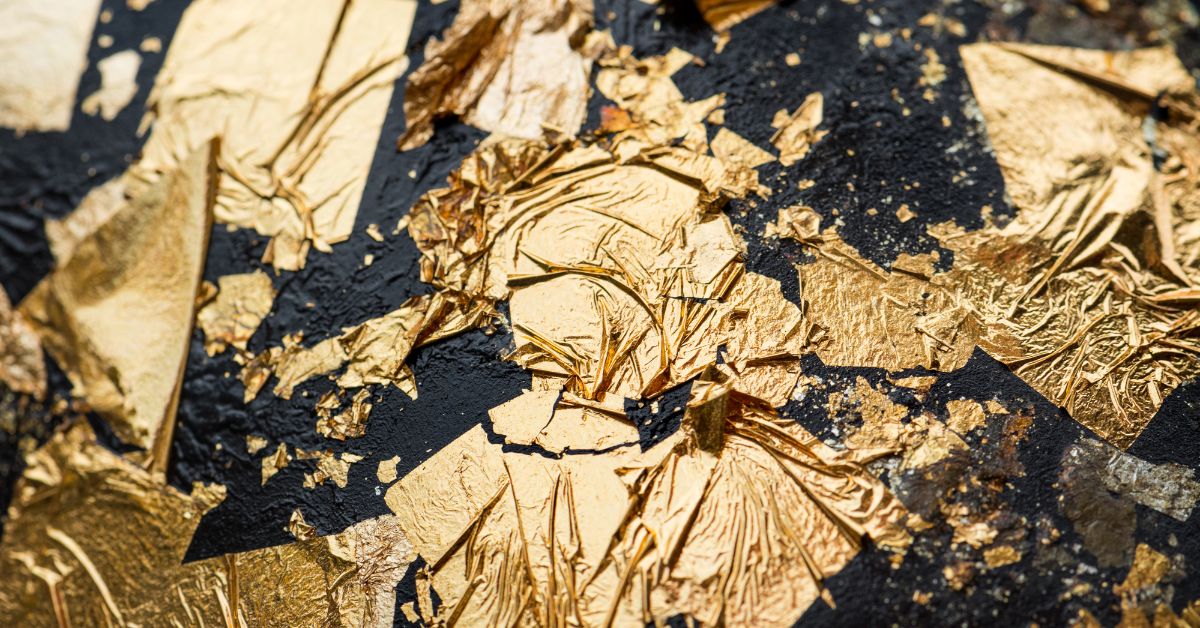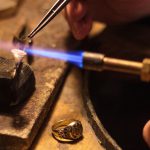The first-ever 3D analysis of a material known as “Zwischgold” has unveiled its composition, along with how medieval metalworkers used it as a gilding material thousands of years ago.
The study was conducted by physicist Dr. Benjamin Watts and his team at the Paul Scherrer Institute in Switzerland.
What is Zwischgold?
Zwischgold is a blend of both silver and gold, formed into a foil that was commonly used as a coating, or gilding material for medieval objects and paintings. It’s not uncommon to find Zwischgold adorning artifacts from the medieval period. The surface layer of gold used on top of the silver base is ultra-thin – more than 2,300 times thinner than a human hair – meaning it would have been cheaper to use than pure gold.
Artisans from this period would have had to be master craftsmen, and more technologically advanced than we previously had thought.
“It is incredible how someone with only hand tools was able to craft such nanoscale material,” says Watts. “Although Zwischgold was frequently used in the Middle Ages, very little was known about this material up to now.”
A Unique Study
This new study has its origins in finding ways to preserve Zwischgold-gilded objects, given how easily the material corrodes after prolonged exposure to oxygen. Researchers used samples from a 15th-century altar that was likely constructed around 1420, which had been used within a mountain chapel in the Swiss Alps for centuries. The altar features the Virgin Mary, holding baby Jesus in her arms. Samples, supplied by the Basel Historical Museum, were taken from Mary’s robe.
The team then leveraged a new 3D diffractive imaging technique called ptychographic X-ray computed tomography (PXCT). The scan helped to further reveal the chemical composition of Zwischgold without compromising its structure in the process.
The imaging allowed the research team to observe the degree of adhesion, the thickness of both the gold and silver layers, and how evenly distributed the thin gold layer was applied to its silver base.
“Many people had assumed that technology in the Middle Ages was not particularly advanced,” notes Qing Wu, a member of Watts’ team and lead author of the research paper. “On the contrary: this was not the Dark Ages, but a period when metallurgy and gilding techniques were incredibly well developed.”
While no documentation has yet been discovered as to how Zwischgold was produced and applied to objects, these new 3D scans give scientists and art historians insight into how it was likely done.
Silver and gold were hammered into foils separately and meticulously, with the gold foil being hammered to a much thinner degree. Once the two metals were hammered out, they would have been combined and worked on in tandem.
“This required special beating tools and pouches with various inserts made of different materials into which the foils were inserted. This was a fairly complicated procedure that required highly skilled specialists,” says Wu.
The results of the PXCT scans will be used to further future studies, and to help conservators understand, preserve, and restore these uniquely gilded objects.












